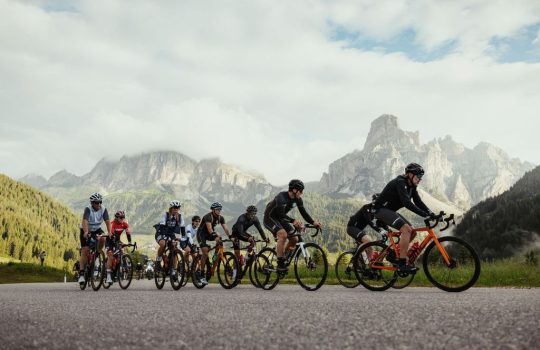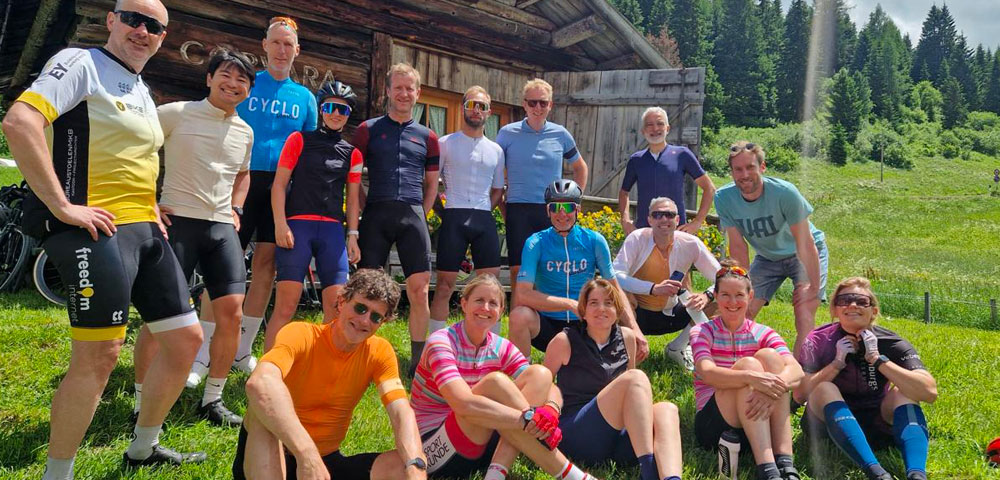This way you are the king at Strade Bianche
This way you are the king at Strade Bianche
Are you planning to travel to Siena in the spring to ride the GF Strade Bianche? Then we have some useful tips for you here. Which bike are you going to ride on the gravel strips with? What tire choice do you make? What tire pressure do you start with? What is the correct technique? Enough to worry about. We will give you a helping hand.
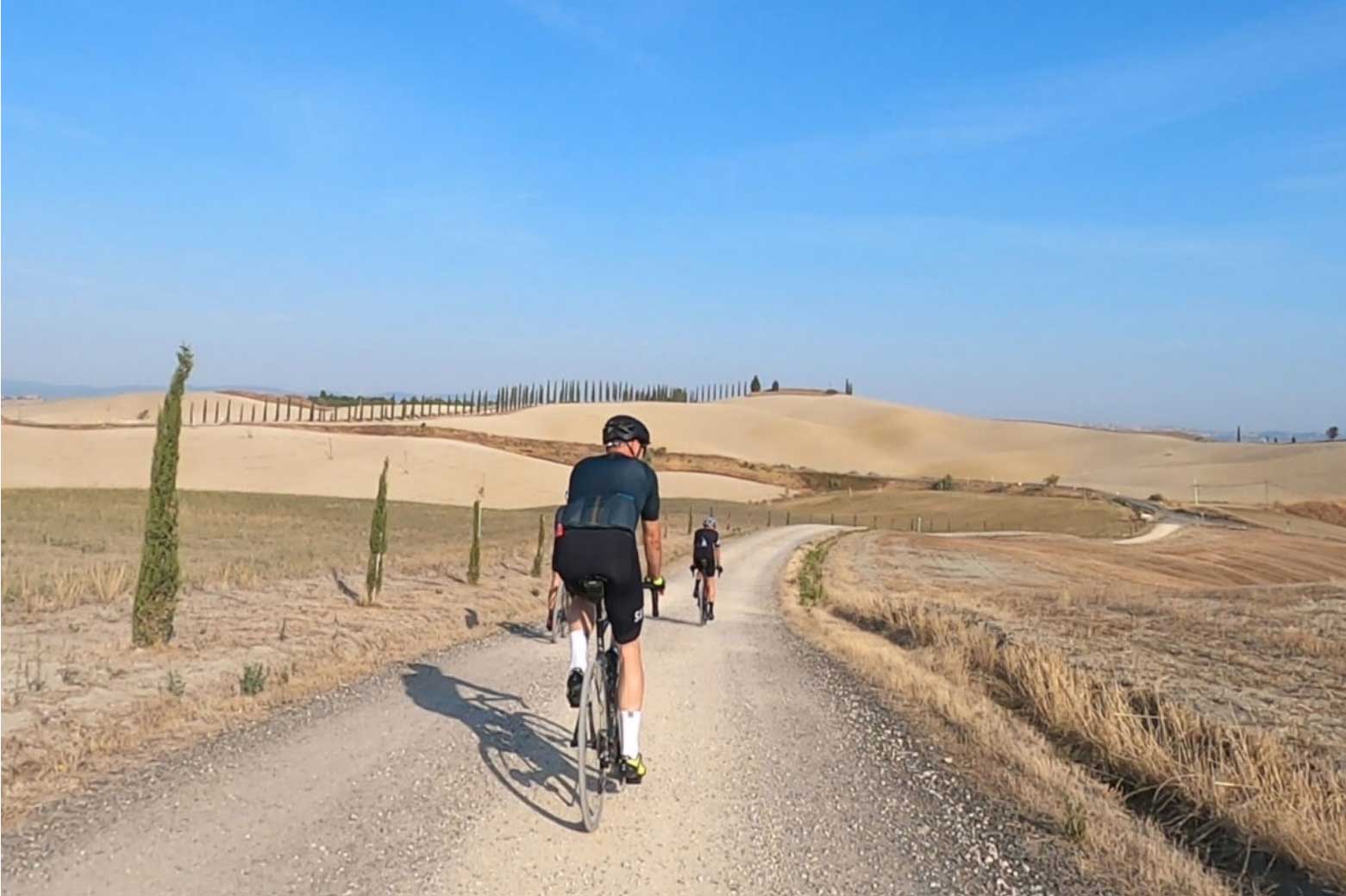
Text & image: Gerrit Vermeulen
We have been present at GF Strade Bianche with CYCLOsportive for years. Our conclusion was unanimous: WHAT A GREAT EVENT! What we have also seen a lot are participants with all kinds of different types of material. If you are going on an MTB tour, take the mountain bike. If you are going to cycle on the road, you take the racing bike. As soon as you cycle on gravel, you suddenly see everything passing by. Road bike, mountain bike, gravel bike and everything else available in bicycles. Everything seems to come together on gravel. In addition to the choice of bicycle, a choice must also be made for a tire. Much, little or no profile. Narrow or wide tires and what is the correct tire pressure... Sleepless nights!

THE best bike
We did not do any scientific research, but simply looked around us. GF Strade Bianche can easily be ridden on a racing bike. No, no buts. We hear you. It is true that Strade Bianche is the Italian name for gravel road. Have you seen the pros start on a gravel bike with 40 mm tires? We neither. Yes, but they are pros, they can cycle much better. We can indeed assume that. But still. The Granfondo Strade Bianche is 130 km long. 'Only' 40 km takes the participants over gravel. This means that 100 km are driven on asphalt. So you won't have an advantage with a gravel bike for most of the ride.
THE best band
Now that we have determined the bike for the beautiful Strade Bianche in Tuscany, we can start looking at the right tire choice. In 2020 we cycled around Tuscany with 25 mm tires. To be precise, the Schwalbe Pro One TLE. Was this ideal? It was March and it had rained quite a bit in the days before our arrival. It was wet and slippery in some areas. It is not so much the choice of tires that is important. How you deal with the circumstances. If you choose 25 mm tires, you must use your common sense in wet weather on the strips. Of course, a 28 mm tire provides a little more security. And nowadays it is even possible to cycle with 30 mm tires. Please note, they do not fit in every frame. At the 2021 edition, the roads were dusty and bone dry. You never know in advance what the circumstances will be. But our advice is to install tires of at least 28 mm wide.

THE best tire pressure
With CYCLOsportive we were on the second lane of the day with our bus. The participants in the Granfondo had only covered 30 km. Of which less than 5 km on gravel. Yet it was blind panic at the bus. We have all kinds of spare equipment with us for the participants of our trip to Strade Bianche. But it wasn't just our own guests who came to ask for help. In no time the bus was super busy. Flat tires all-over-the-place! Two causes. Many participants had not yet cycled tubeless and a second cause was tire pressure. We advise our guests (in normal dry conditions) to drive with a tire pressure of a maximum of 4.5 bar (tubeless). If you cycle with an inner tube, 6 bar is an excellent tire pressure for gravel lanes. But many stubborn Italians told us to pump up to 7 bar (or more)! They set off again with rock-hard tires. You can always be unlucky enough to have a puncture. But tubeless tires reduce that risk considerably (Colbrelli won Paris-Roubaix on tubeless tires).
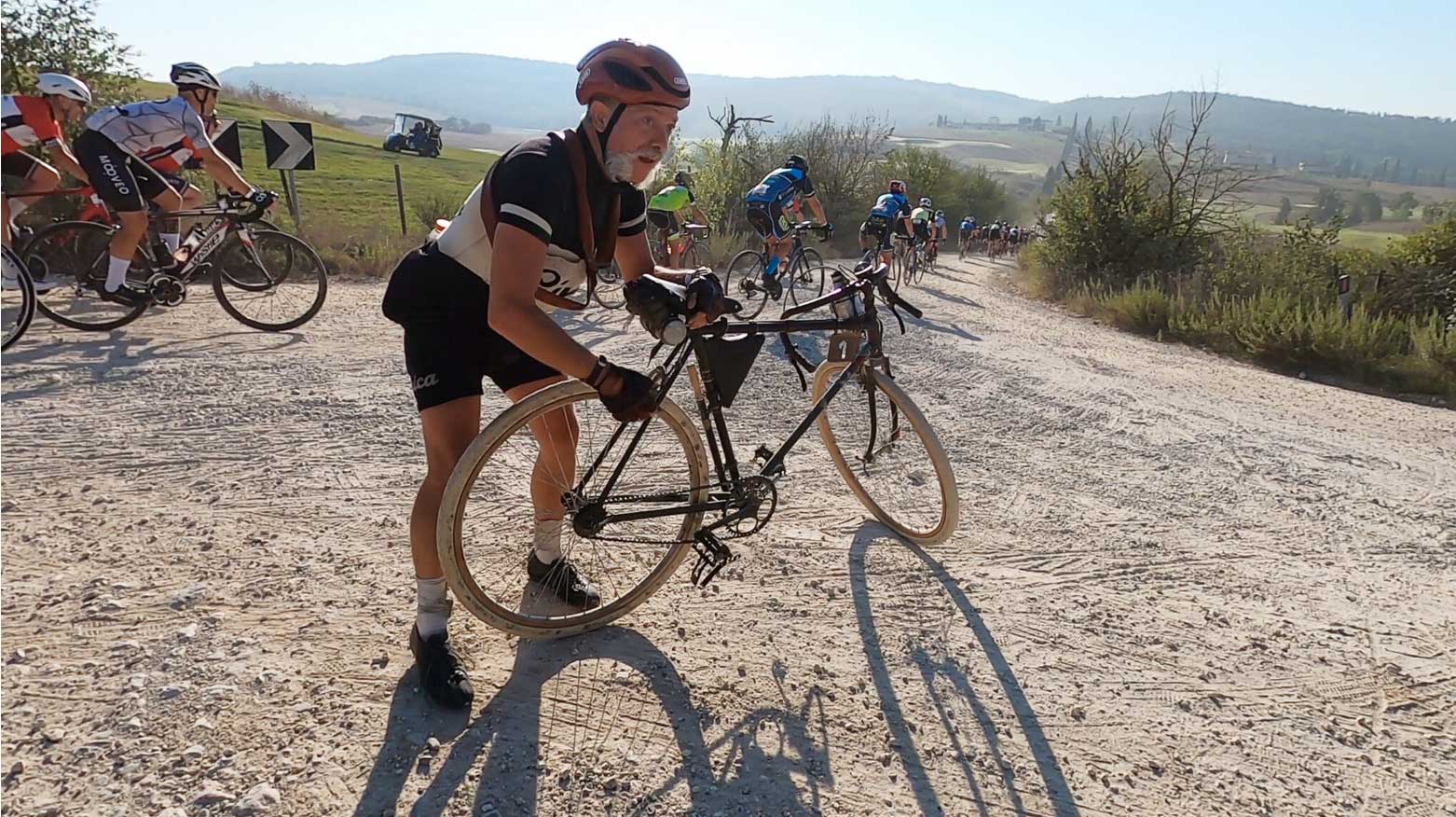
THE right technique
We don't have Strade Bianche here in the Netherlands like they have in Tuscany. The gravel paths around Hilversum and the Veluwe are wonderful, but cannot be compared to the Italian work. The gravel routes in South Limburg come closest. If you have time, we definitely recommend cycling there. Although we do not recommend cycling a gravel route there with your racing bike :-). The bike reacts differently on gravel than on the road. Especially in the bends, the bicycle (at speed) has a tendency to drift more. Technology is always difficult to explain on paper. What is the best way to go through a bend? Try to keep the body as straight as possible above the bike and push the bike to the inside of the bend. You will notice that the bicycle almost automatically steers in the direction of the bend.
It is also important to look around the bend. Do not look at the front wheel, but a little further ahead. Look at the point you want to get to.
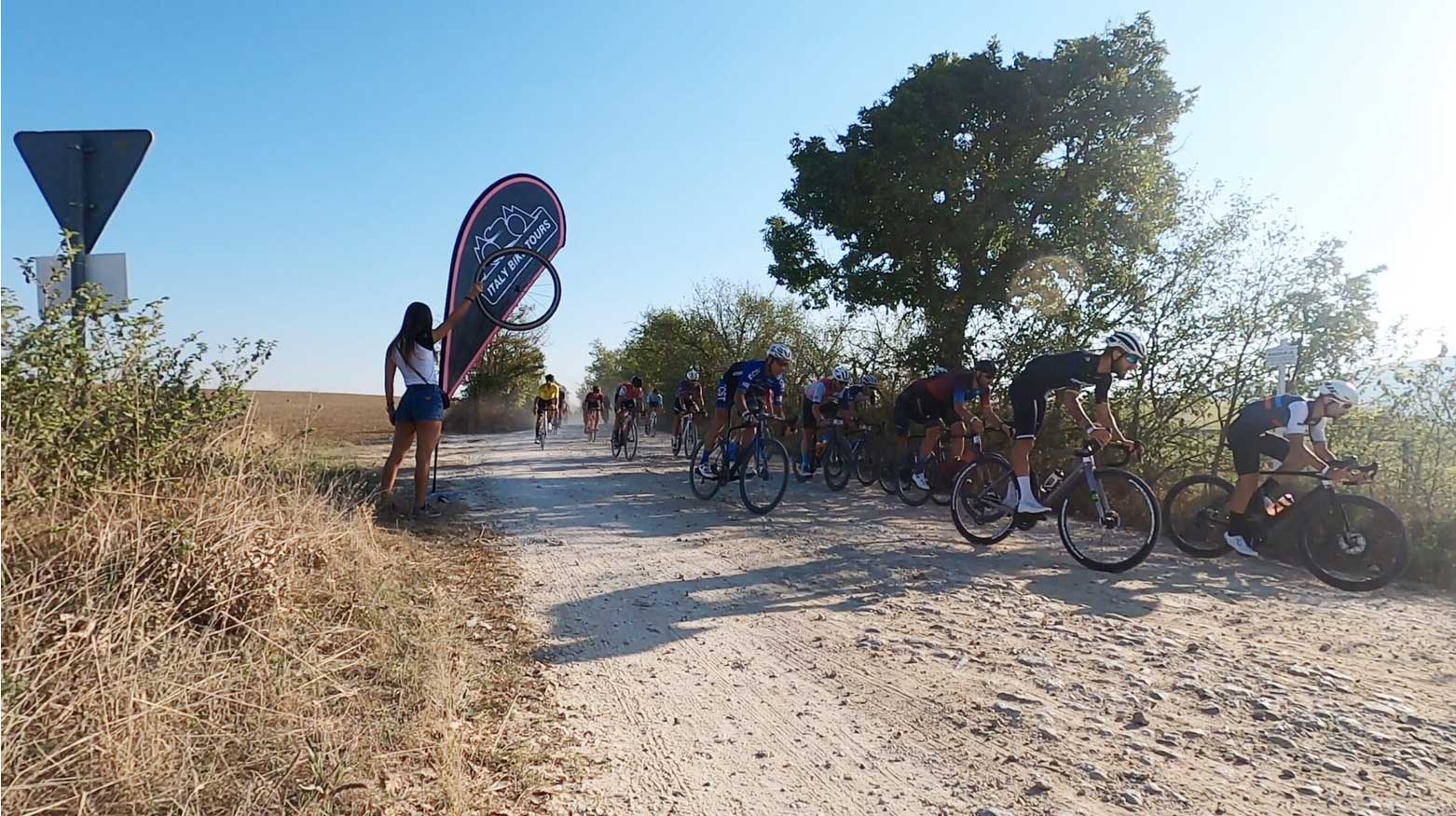
is of course also important. The right speed depends on your own skills, but also on the condition of the road surface. Observe the road carefully! You have to feel comfortable on the bike. Make sure you brake before entering the corner. That you steer into the bend at a speed at which you feel comfortable. Braking in a bend is not a mortal sin, but it increases the risk of skidding. If you get into a skid, release the brakes! Stay calm and keep your upper body relaxed. Harder braking often causes even more slipping and sliding.
Are you not yet experienced on gravel? The gravel roads around Hilversum are excellent for practicing the above. Go early, the area is also often used by walkers and dog owners.
Our trip to GF Strade Bianche is already fully booked. We will go to Tuscany again in September. Are you interested in our Strade Bianche Trail? Then quickly check the following link: STRADE BIANCHE TRAIL
